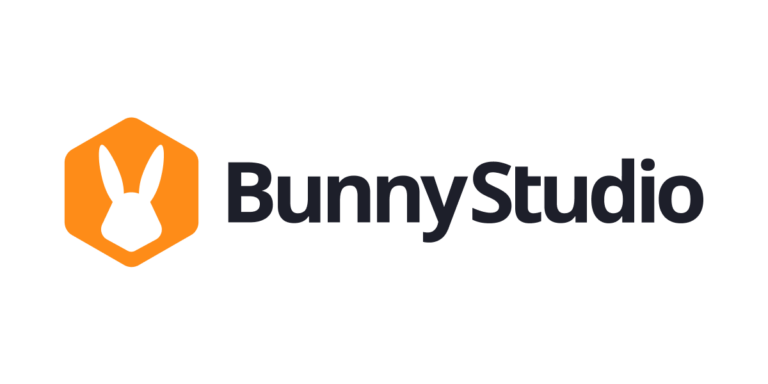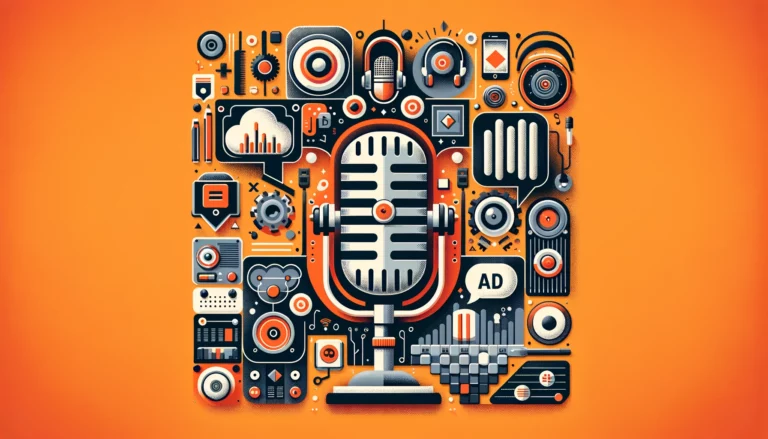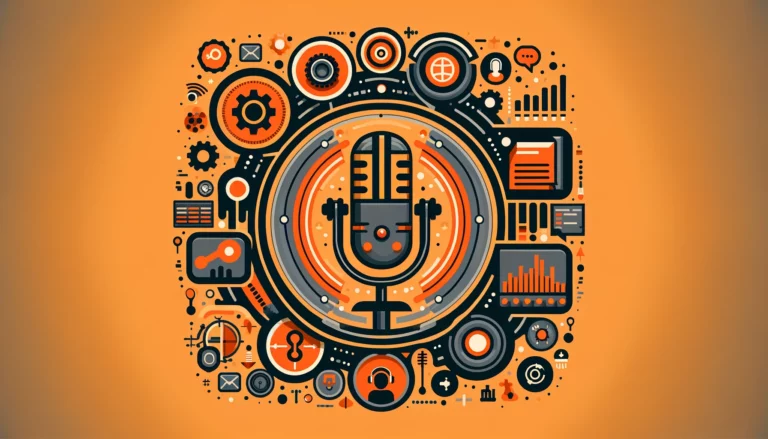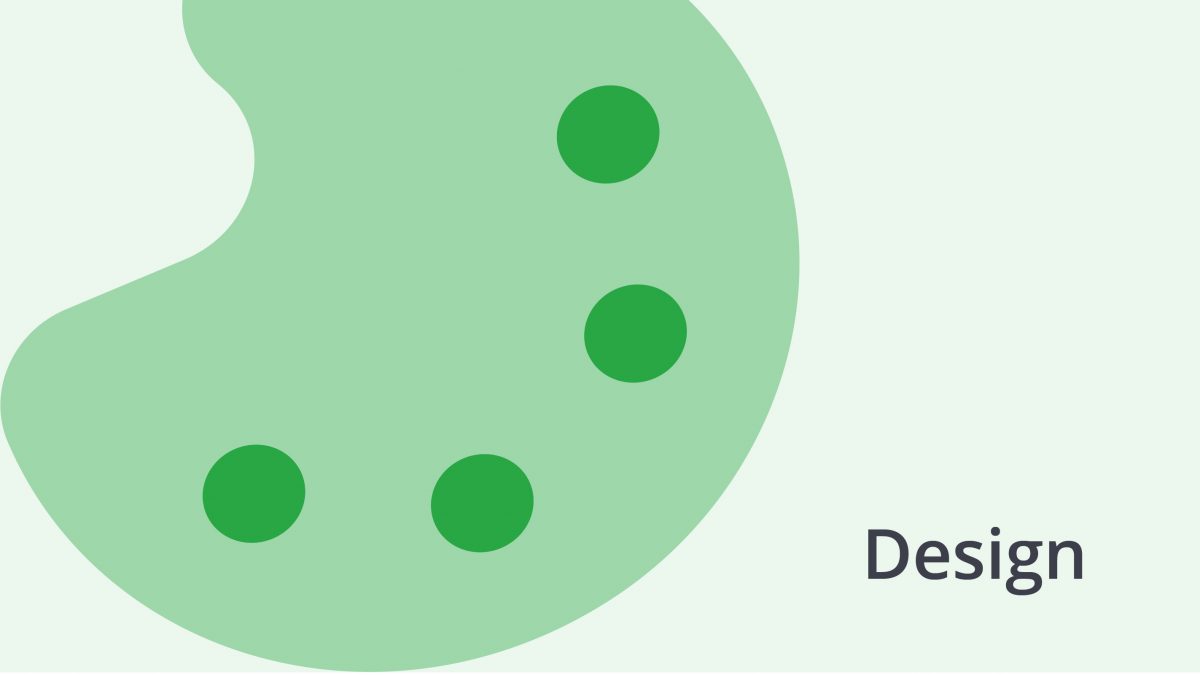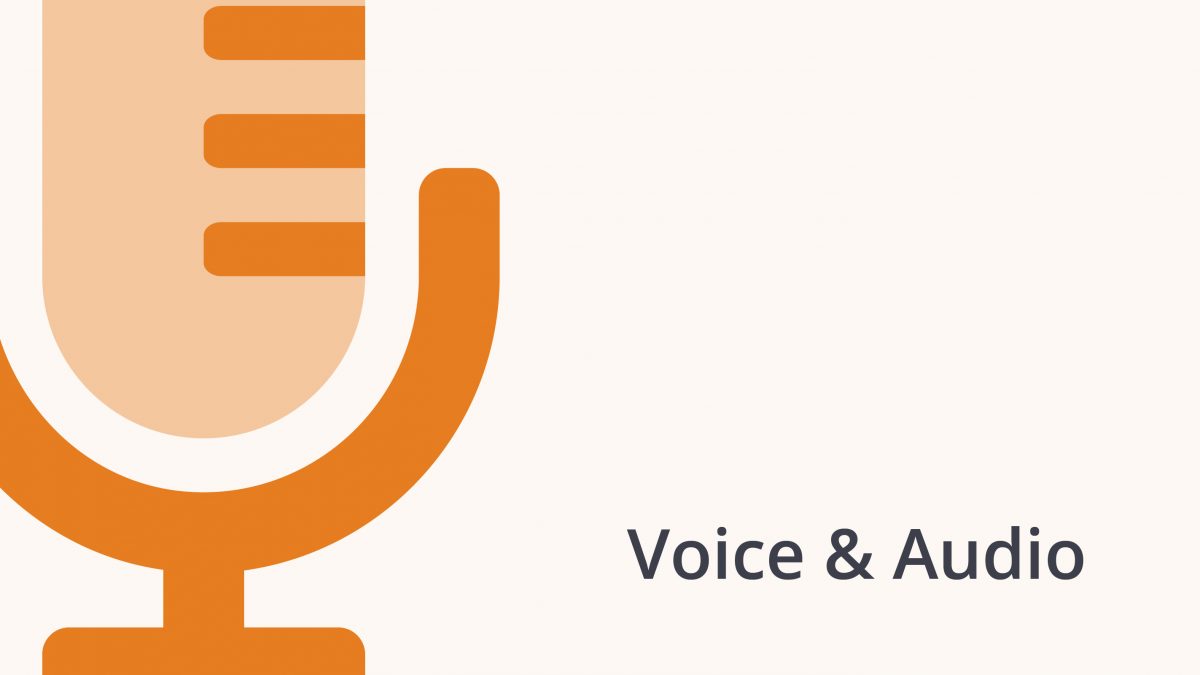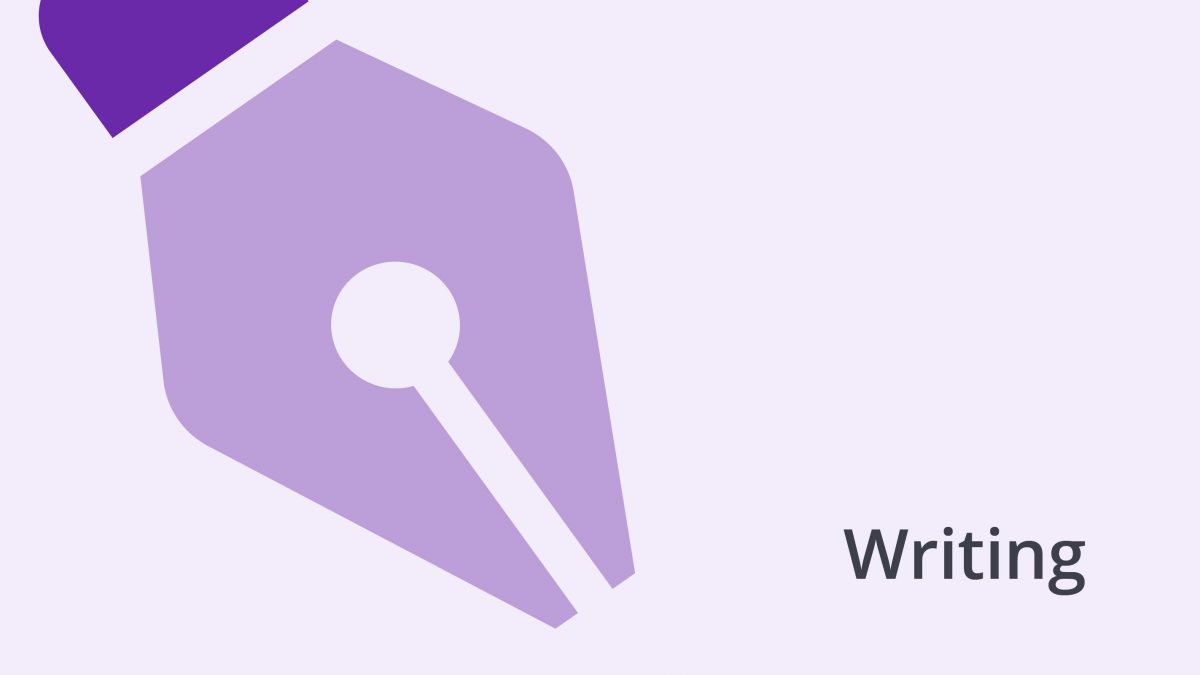Who hasn’t seen even just a glimpse of at least two persons presenting different opinions in public? It could involve just two persons, or it could be two or more groups of people presenting their views, backed by facts and opinion, and sometimes even emotions that can get quite heated. Such exchange of opinions, views, and facts often has a formal structure that can differ and is called a debate.
By formal definition, “a debate is a process that involves formal discussion on a particular topic. In a debate, opposing arguments are put forward to argue for opposing viewpoints. Debate occurs in public meetings, academic institutions, legislative assemblies (and training). It is a formal type of discussion, often with a moderator and perhaps an audience, in addition to the debate participants.”
In more detail, as Simon Fraser University explains, a debate is a structured argument. Two sides speak alternately for and against a particular contention usually based on a topical issue. Unlike the arguments you might have with your family or friends, however, each person is allocated a time they are allowed to speak for and any interjections are carefully controlled.
The context and the reasons for a debate can vary and can cover practically any subject matter. It can be a debate between candidates for a public office, in a legislative or political institution, or during a town hall meeting. There is even competitive debating mostly conducted in scholarly and academic institutions.
In all of the above cases, it is a manner of communication and exchange of ideas that should lead to an election result, legislative decision or just deciding a winner in a debating contest. So, what kind of debates exist, how to conduct one, and how to act as a participant?
Types of Debates and their use
Historically, “debating in various forms has a long history and can be traced back to the philosophical and political debates of Ancient Greece, such as Athenian democracy. Modern forms of debating and the establishment of debating societies occurred in the 18th century.”
As mentioned above, the shape and form of debates vary, from their structure to their content. Since each debate should have a formal structure, there are certain rules that serve as a guide during any specific debate.
While there are formal rules for any given debate, the number of debate types varies and their number isn’t really a set figure. But, some debate types stand out as the ones that are most in use. According to one source, there are six more popular forms of a debate:
- Team policy debate – The primary objective of team policy debate is to present a huge amount of evidence quickly and coherently. This type is often used in coming up with a policy in both politics and business. These are also most commonly used as middle school or high school debates.
- Cross-examination debate – Cross-examination is a new type of debate, mainly defined as a period between speeches. Here, the opponent debaters ask questions to clarify and understand each other’s points of information.
- Lincoln – Douglas debate – This is an open style of debate. It is mainly inspired by the debates between Abraham Lincoln and Stephen A. Douglas in the 1850s. This is a one-on-one debate that focuses on arguing for or against a topic. Here, the participants agree on the time limits and topics beforehand.
- Spontaneous argumentation – Spontaneous argumentation includes two debaters that argue on a particular topic. Firstly, they take enough prep time for a debate topic and then present the argument.
More on types and format
- Public forum debate is considered as audience friendly and a current events debate. It includes two teams that argue on monthly controversial topics. Townhall debates can fall into this type of debate. The town hall format calls for a moderator to take a microphone and walk around the audience, letting attendees ask debaters questions live. In some cases. the moderator will also ask questions that people pose via social media or other digital platforms.
- Parliamentary debate – These are mainly used in parliaments and assemblies. Each parliament or assembly, whether, local, national or international has its own set of rules applying to both the format (say, a parliamentary committee or a general session), timing (the length of presenting the arguments, rebuttal time, etc) as well as content that a participant wants to present.
As some sources note, one of the currently developing forms is online debating. “With the increasing popularity and availability of the Internet, differing opinions arise frequently. Though they are often expressed via flaming and other forms of argumentation, which consist primarily of assertions, formalized debating websites do exist.”
The debate-style varies from site to site, with local communities and cultures developing. Some sites promote a contentious atmosphere that can border on “flaming” (the personal insult of your opponent, also known as a type of ad hominem fallacy), while others strictly police such activities and strongly promote independent research and more structured arguments (above).
Debates are quite a developed form of expression in scholarly and academic institutions, starting as early as elementary school. Most of these have some sort of competitive nature. Still, their essential goal is to develop personal expression skills in public.

How to conduct a debate
Conducting a debate can put the organizer and/or moderator into a hot seat. Knowing how to properly and effectively conduct a debate requires not only knowledge but also a lot of personal skills.
As Trainers Library (above) notes, debating is one of the methods that you can use in training, but even if you don’t the principles below can apply to any kind of group discussion, especially those that involve different and opposing opinions. Knowing how to facilitate a debate will help you to confidently navigate the process or the group discussion and lead the group to a productive process and/or outcome.
This source presents a few general guidelines for conducting a meaningful debate:
- Set the stage and be clear on the desired outcome- “ define the context and the purpose. What do you hope to get out of it? Will any decision be made based on the outcome, or will it just be a way of airing different views and learning from each other? Is the objective to get a specific outcome, and if so, will that outcome be published or used anywhere? What are the rules?”
- Make sure it is safe – Without ensuring the psychological safety of the participants, it is unlikely that they will feel free to express their real views, and the results will be superficial and just a reiteration of some already accepted stance. Make it clear to the participants that they can express all kinds of opinions and viewpoints. Also ensure that they understand the main rule, which is to focus on debating the issue rather than attacking each other. Any argument that undermines a person’s individual or group identity should not be allowed.
Some basic debating skills
To conclude the above topic, there is also one more point to have in mind:
- Probe effectively – There are many reasons to probe further and not accept every statement at face value. Firstly, it ensures that what is being said is understood in the way that it is meant. Secondly, it encourages the speaker to dig deeper into their own thoughts and to think about what they are saying and the validity of it. Thirdly, it helps to separate well-founded opinions from superficial ones that haven’t really been thought through. If the speaker has already given the topic a lot of thought and taken the time to carefully form their opinions on it, they will do well when questioned further. If they haven’t, this will become apparent with further questioning.
Simon Fraser University (above) presents some of the basic debating skills for any participant if they want to have an effective presentation:
- Style – Style is the manner in which you communicate your arguments. This is the most basic part to master. Content and strategy are worth little unless you deliver your material in a confident and persuasive way.
- Speed – It is vital to talk at a pace that is fast enough to sound intelligent and allow you time to say what you want, but slow enough so that most of the audience can easily understand them.
- Tone – Varying tone is what makes you sound interesting. Listening to one tone for an entire presentation is boring.
- Volume – Speaking quite loudly is sometimes a necessity, but it is by no means necessary to shout through every time, regardless of context. Speaking too quietly is clearly disastrous since no one will be able to hear you.
More on skills
- Clarity – The ability to concisely and clearly express complex issues is what it is all about. The main reason people begin to sound unclear is usually that they lose the “stream of thought” which is keeping them going. It is also important to keep it simple. While long words may make you sound clever, they may also make you incomprehensible.
- Using notes and eye contact – Notes are essential, but you must make them brief and organize them well to be effective. There is absolutely no point in trying to speak without notes. Of course, notes should never become obtrusive and damage your contact with the audience, nor should they ever be read from verbatim. Most people sketch out the main headings of their speech, with brief notes under each. Eye contact with the audience is very important, but keep shifting your gaze. No one likes for someone to stare at them.
Debates and freelance writing
Organizing or participating in a debate is obviously a complex task. While some people can be persuasive speakers and presenters, they do not necessarily have to be the best writers of content around. That is why many debate participants engage professional writers, quite often freelancers. Politicians often involve speechwriters in the task, since quite a few of the debates use specific scripts.
While high-ranked politicians have their teams that prepare them for a debate, many debate-participants need to enlist the service of specialized freelance writers/researchers. Online agencies like BunnyStudio can provide those too.


